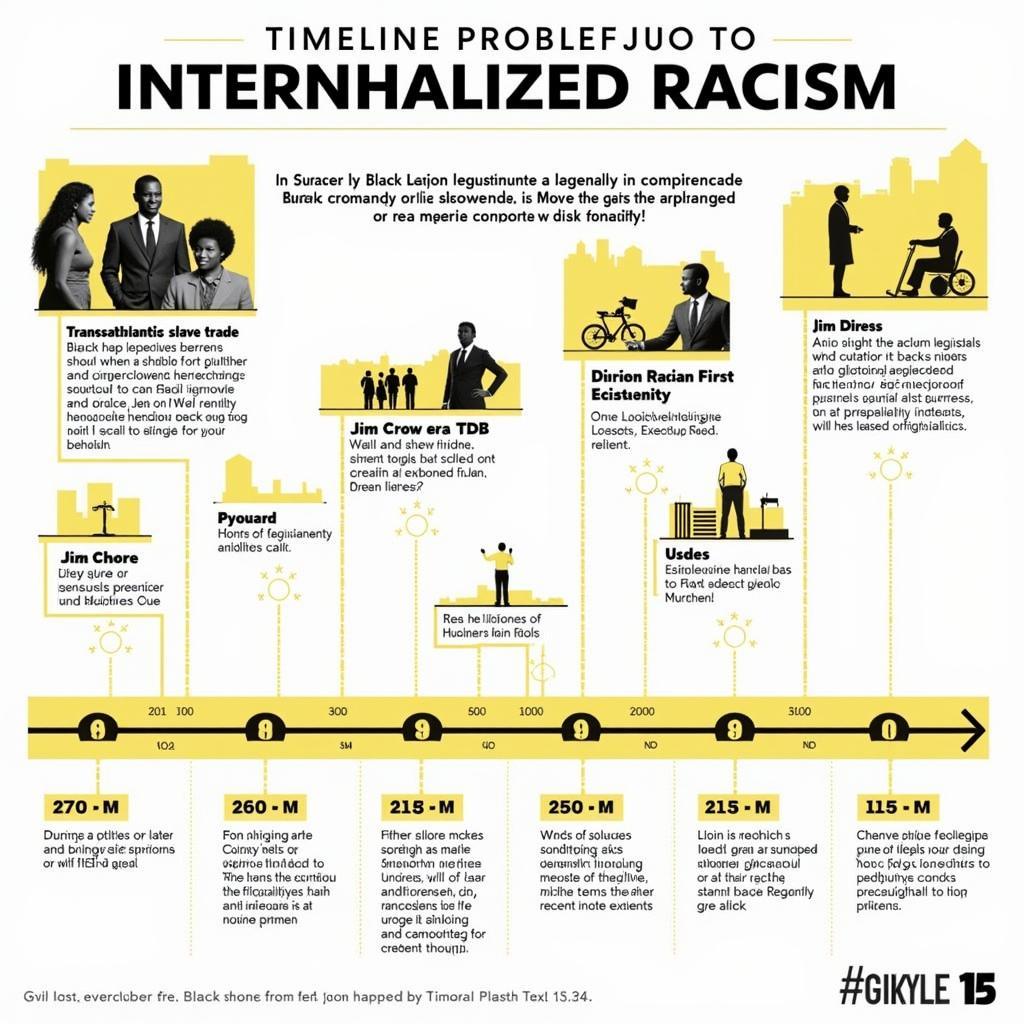The African Baobab Tree: A Symbol of Life and Resilience
The African baobab tree, with its iconic, bottle-shaped trunk and sprawling branches, is a symbol of life and resilience across the continent. This ancient giant has been a source of sustenance, shelter, and inspiration for generations of Africans, playing a vital role in their cultural heritage and daily lives.
A Majestic Presence on the African Landscape
The baobab tree is a true marvel of nature, towering over the savannas and woodlands of sub-Saharan Africa. Its unique shape is a result of its adaptation to harsh, arid environments. The massive trunk acts as a reservoir, storing water during the dry season, while the shallow roots spread out widely to capture any available moisture. This incredible adaptation allows the baobab to thrive in some of the most challenging environments on Earth.
A Source of Life and Sustenance
The baobab is a treasure trove of resources for local communities. Every part of the tree, from its leaves to its fruit, holds value.
- Leaves: Rich in vitamins and minerals, baobab leaves are used to make soups, stews, and herbal teas. They are also used in traditional medicine to treat a variety of ailments.
- Fruit: The baobab fruit, often called “monkey bread,” is a delicious and nutritious food source. It is rich in vitamin C, fiber, and antioxidants, and is commonly eaten fresh, dried, or made into juice, jam, or powder.
- Seeds: Baobab seeds can be roasted and ground into a flour that is used to make bread, porridge, and other food items. They are also a source of oil, which is used for cooking and cosmetics.
- Bark: The strong fibers of the baobab bark are used to make ropes, mats, and even clothing. The bark is also used in traditional medicine as a wound healer and anti-inflammatory agent.
- Wood: While baobab wood is soft and porous, it is still used for carving, making mortars and pestles, and building small structures.
A Cultural Icon and Symbol of Strength
The baobab holds a special place in African culture and mythology. It is often seen as a symbol of longevity, strength, and resilience. Many African communities have stories and legends associated with the baobab, which is often considered sacred and revered.
“The baobab is the grandfather of all trees. It has seen so much and lived for so long. It teaches us patience, perseverance, and the value of life.” – Dr. Amina Kamara, Ethnobotanist
The baobab is also a symbol of community and shared resources. In many African villages, the baobab tree serves as a gathering place for people to socialize, share stories, and celebrate. Its large, hollow trunk can even be used as a shelter or storage space.
The Future of the Baobab
Despite its resilience, the baobab tree is facing threats from climate change, deforestation, and unsustainable harvesting. It is crucial to protect this iconic species and ensure its survival for future generations.
“We must work together to conserve the baobab and its valuable resources. It is a vital part of our cultural heritage and a reminder of the interconnectedness of life on Earth.” – Professor Musa Ibrahim, Conservationist
By promoting sustainable practices, educating communities about the importance of the baobab, and working together to protect its habitat, we can ensure that this ancient tree continues to thrive for generations to come.
African Baobab Tree Life: Frequently Asked Questions
What is the lifespan of a baobab tree?
Baobab trees are known for their incredibly long lifespan, often living for hundreds or even thousands of years. Some individuals are estimated to be over 2,000 years old.
Why are baobab trees called “upside-down trees”?
The baobab’s unique shape, with its branches resembling roots, has led to the nickname “upside-down tree.”
Where can I see baobab trees?
Baobab trees are found across the savannas and woodlands of sub-Saharan Africa. Some of the best places to see them include Senegal, Tanzania, and South Africa.
Can I plant a baobab tree?
Yes, it is possible to plant a baobab tree, though it can be a challenging process. Baobab seeds need specific conditions to germinate, and the tree grows very slowly.
What is the significance of the baobab tree in African folklore?
In African folklore, the baobab tree is often associated with fertility, prosperity, and longevity. It is also believed to have spiritual power and is often used in traditional ceremonies.

